The Magic of Fly Fishing in Autumn: Where and Why
As summer’s heat subsides and the landscape transforms into a tapestry of amber, crimson, and gold, fly fishing enthusiasts find themselves drawn to the water’s edge with renewed excitement. Autumn brings a magical quality to the angling experience that can’t be replicated in any other season. The cooling waters, the vibrant backdrop of fall foliage, and the behavioral changes in fish create a perfect storm of opportunity for those willing to cast a line. This special time offers not just spectacular fishing conditions, but also a deeply meditative connection with nature during one of its most beautiful transitions. Whether you’re a seasoned angler or contemplating your first autumn outing, the fall season presents unique advantages and destinations that deserve exploration.
The Science Behind Fall Fishing Success
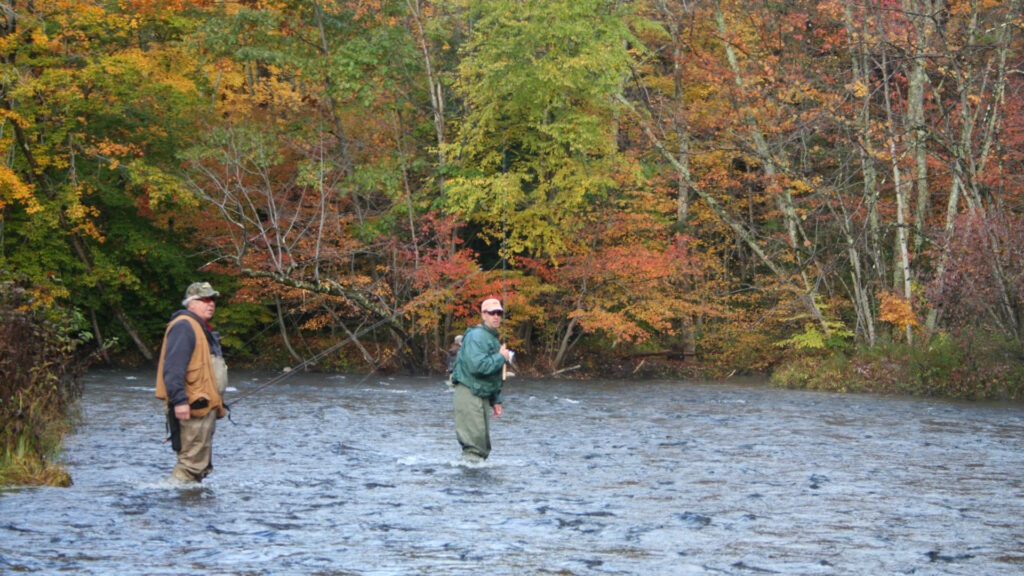
The biology behind autumn’s excellent fishing conditions is fascinating and rooted in temperature changes. As water temperatures drop from summer highs, fish metabolism adjusts accordingly, triggering feeding frenzies as they prepare for winter. Brown trout and brook trout begin their spawning rituals, becoming more aggressive and territorial around their breeding grounds. Additionally, the dissolved oxygen levels increase in cooler water, allowing fish to be more active throughout the day rather than limiting their feeding to dawn and dusk. This combination of factors creates a perfect biological window when fish are both more active and more likely to strike at flies, making autumn arguably the most productive season for many fly fishing enthusiasts.
The Mythical Brown Trout Run
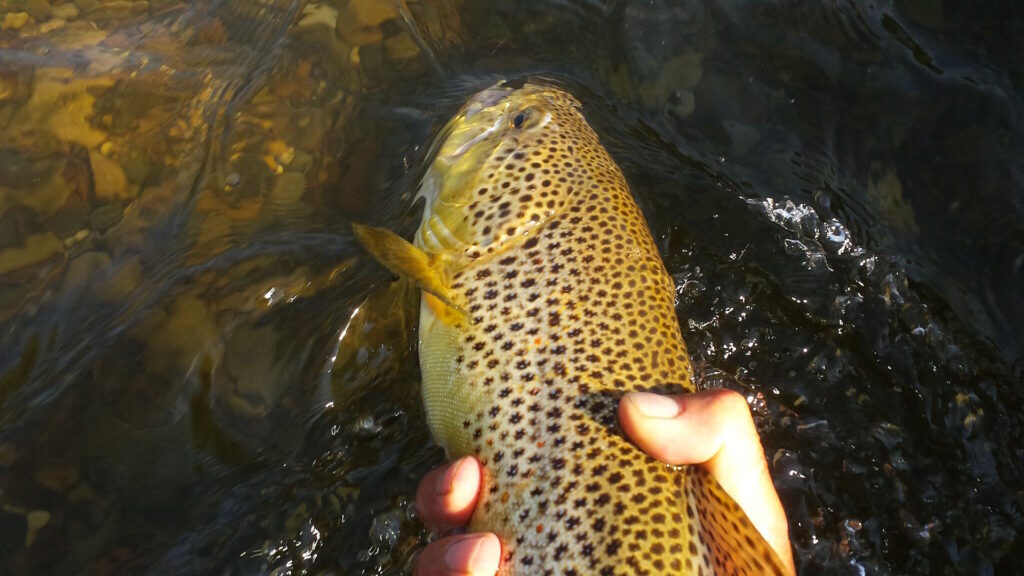
Autumn transforms the typically cautious brown trout into a more aggressive and visible quarry. During fall, browns prepare for spawning, often moving from lakes into tributary streams or from deep pools to shallow riffles, making them more accessible to anglers. Their coloration intensifies dramatically, with males developing vibrant spots and hook-jawed appearances that make them particularly striking trophies. These fish also become more territorial and competitive as they establish spawning grounds, causing them to strike more readily at larger, more intrusive flies. Many fly fishers wait all year for this magical time when the opportunity to catch a trophy brown trout increases substantially, especially during the pre-spawn feeding push in early autumn.
Legendary Autumn Destinations: The American Northeast

The northeastern United States transforms into a fly fishing paradise when autumn arrives. The Catskills in New York, widely considered the birthplace of American fly fishing, offer spectacular fall fishing amidst breathtaking foliage. In Maine, the Kennebec and Penobscot watersheds provide exceptional landlocked salmon and brook trout fishing as cool temperatures trigger migratory movements. Pennsylvania’s limestone streams like Penn’s Creek and Spring Creek maintain consistent temperatures and insect hatches well into fall, extending productive fishing seasons. Vermont’s Battenkill River becomes a scenic masterpiece in autumn, with its wild brown trout population becoming more active against a backdrop of classic New England fall colors. These destinations combine natural beauty with excellent fishing opportunities in a way that’s uniquely possible during autumn months.
Western Wonders: Montana and Wyoming in Fall
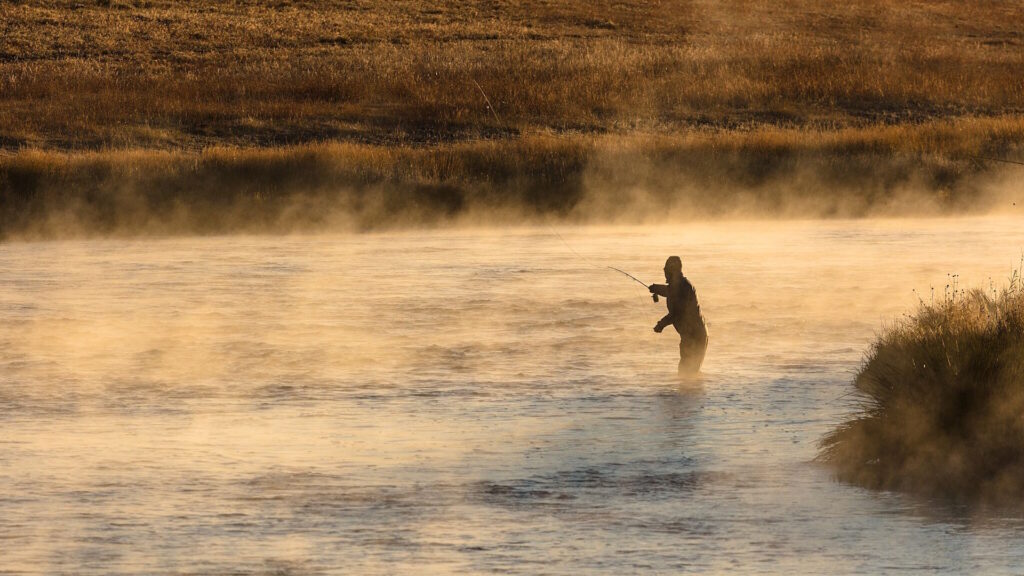
The Rocky Mountain states offer some of autumn’s most magical fly fishing experiences as crowds thin and fish activity peaks. Montana’s Madison, Yellowstone, and Missouri Rivers showcase spectacular fishing during September and October, with brown trout becoming increasingly aggressive before winter. Wyoming’s Snake River provides stunning fishing opportunities beneath the Teton range, where the golden aspens create a photographer’s dream backdrop for anglers. The crowds that dominated these famous waters during summer vacations disappear, leaving peaceful stretches of river to those who appreciate the solitude of fall fishing. Additionally, the famous Blue Ribbon trout streams of this region often experience consistent late-season hatches of Blue-Winged Olives and midges, extending dry fly fishing opportunities well into autumn.
The Pacific Northwest’s Fall Glory
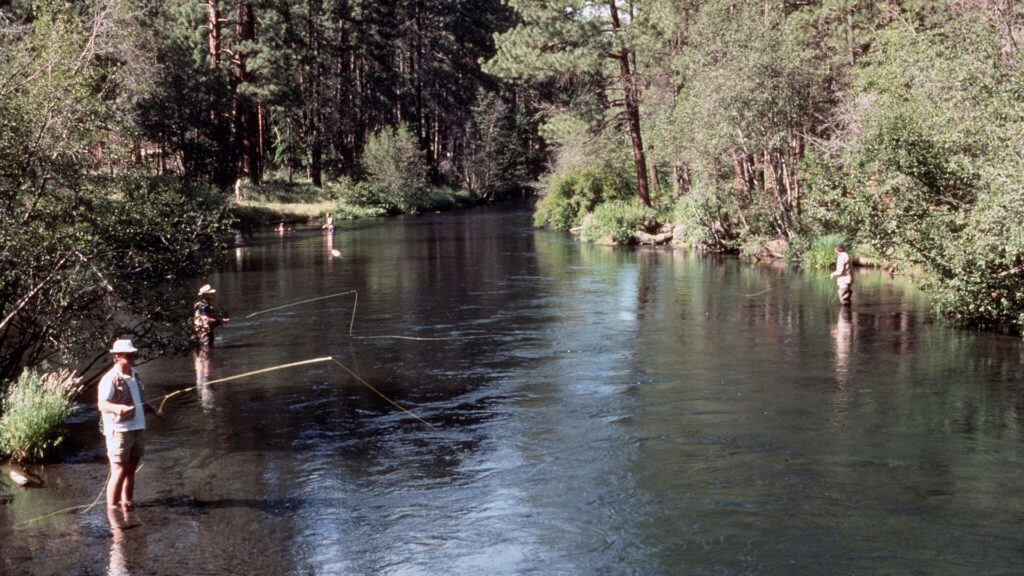
The rivers of Oregon, Washington, and Idaho undergo a remarkable transformation in autumn as multiple fish species become active simultaneously. Steelhead begin their fall runs, while resident trout feed heavily on pre-winter hatches and fallen terrestrial insects. The Deschutes River in Oregon offers exceptional fall fishing for native redside rainbow trout and steelhead against a backdrop of golden cottonwoods. Washington’s Olympic Peninsula streams provide remarkable sea-run cutthroat fishing as these fish return from saltwater feeding to their natal rivers. Idaho’s Silver Creek and Henry’s Fork remain technical dry fly havens well into October, with trico hatches and mahogany duns providing consistent surface action. The combination of fewer anglers, active fish, and the stark beauty of fall creates an unmatched experience in this region.
Southern Appalachian Autumn Magic
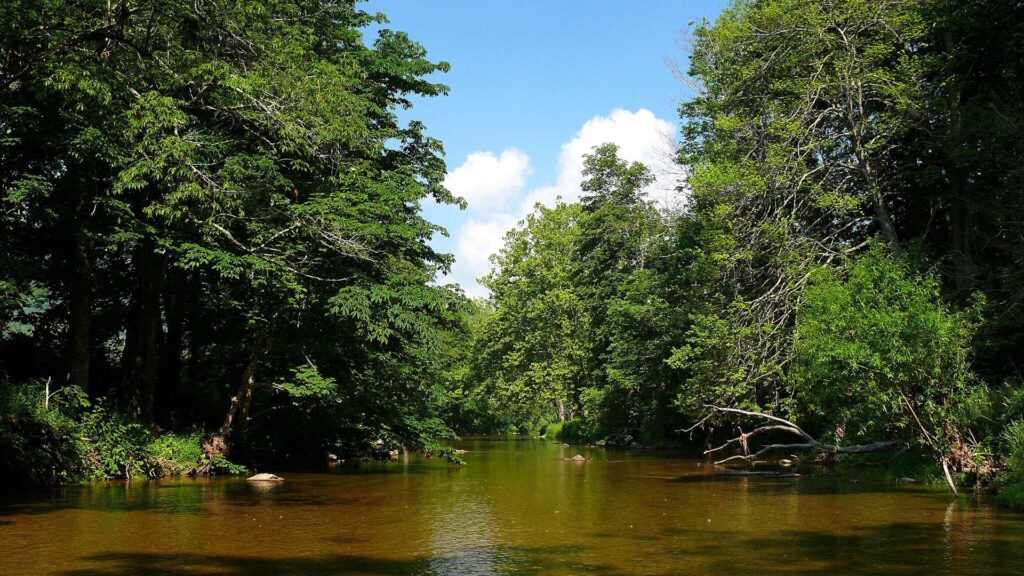
The streams of North Carolina, Tennessee, and Georgia become particularly special during autumn, with the Great Smoky Mountains offering some of the most spectacular backdrop for fall fly fishing anywhere. These waters, home to native brook trout and wild rainbows, are framed by an explosion of color from tulip poplars, maples, and oaks during October and November. The Delayed Harvest programs in these states coincide perfectly with fall, as waters are stocked and special regulations ensure catch-and-release fishing during this prime season. Lower elevation rivers like Tennessee’s South Holston and Watauga become brown trout havens during their fall spawning season. The region’s moderate climate extends comfortable fishing conditions well into November, long after northern destinations have cooled significantly.
Fall Fly Selection Strategies
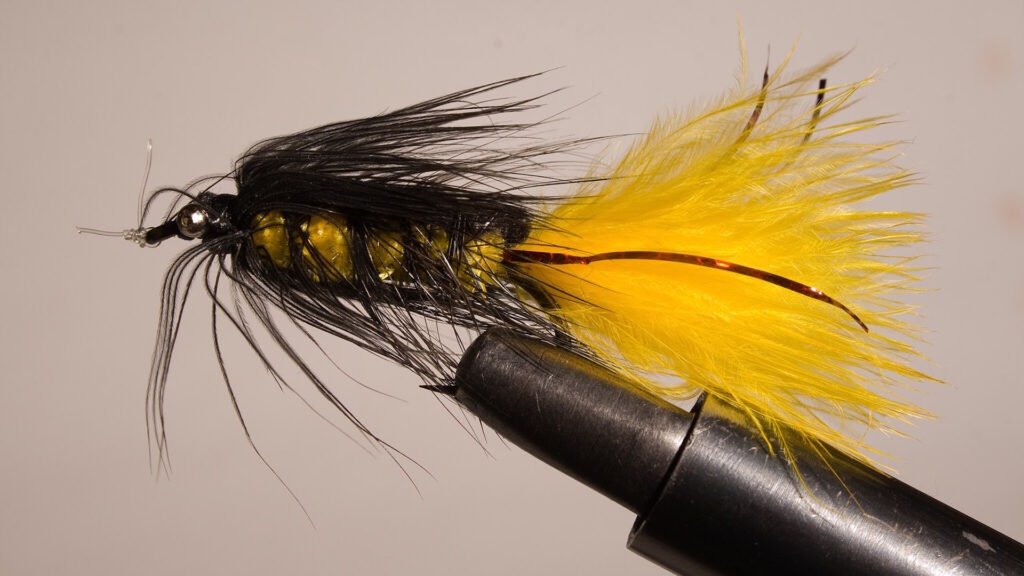
Autumn demands a shift in fly patterns to match both the seasonal hatches and the aggressive nature of pre-winter feeding. Larger attractor patterns like Stimulators and Chubby Chernobyls become increasingly effective as fish look to maximize their caloric intake before winter. Streamer fishing reaches its prime in fall, with patterns like Woolly Buggers, Sculpins, and articulated baitfish imitations triggering territorial responses from spawning trout. Blue-Winged Olive patterns in sizes 18-22 become essential as these small mayflies dominate late-season hatches on many rivers across the country. Terrestrial patterns remain surprisingly effective well into autumn, as falling insects like ants, beetles, and grasshoppers continue to provide feeding opportunities for opportunistic trout, especially during windy days that knock these insects into the water.
The Autumn Steelhead Opportunity

For many fly anglers, autumn represents the beginning of steelhead season as these magnificent anadromous rainbow trout begin their spawning migrations up coastal rivers. The Great Lakes tributaries in New York, Pennsylvania, Ohio, and Michigan welcome runs of powerful steelhead as water temperatures drop and fall rains raise river levels. Pacific Northwest and California coastal streams see returns of both summer and winter-run steelhead during this transitional season. These “fish of a thousand casts” are prized for their spectacular fights, often including multiple aerial displays and long, powerful runs. Techniques shift seasonally, with swung flies on sink-tip lines becoming increasingly effective as water temperatures drop throughout the fall season. The chance to connect with these magnificent migratory fish adds another dimension to autumn’s fly fishing allure.
Weather Considerations and Tactics

Autumn’s variable weather patterns create both challenges and opportunities for the fly angler willing to adapt. Cold fronts can temporarily slow fishing but often lead to exceptional activity in the days following as barometric pressure stabilizes. The first frosts of the season can trigger significant insect hatches as certain species synchronize their emergence with these temperature changes. Anglers should be prepared for dramatic daily temperature swings, often requiring layered clothing that can be adjusted throughout the day. Lower water levels common in early fall require more technical approaches with lighter tippets and more precise presentations. Fall rains, however, can quickly transform stream conditions, making it essential to monitor weather patterns and be prepared to adjust tactics accordingly to find success in autumn conditions.
Photography and Autumn Angling
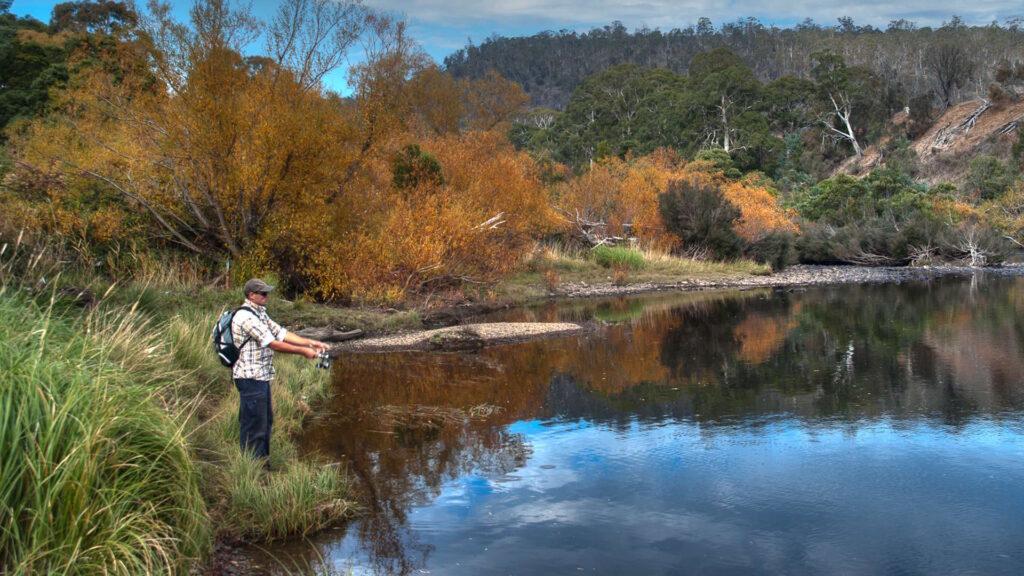
The visual spectacle of autumn creates unparalleled opportunities for fishing photography that can’t be matched in other seasons. The golden hour light of fall mornings and evenings creates warm, dramatic lighting that flatters both landscapes and fish photography. The reflections of colorful foliage on water surfaces add dimension and interest to even simple fishing scenes. Professional photographers recommend positioning subjects with the autumn backdrop in mind, using the natural color palette to frame fishing moments. The shorter days of fall concentrate the quality light into fewer hours, making timing more critical but potentially more rewarding for those seeking to document their autumn angling adventures. Many anglers find that autumn fishing photos become their most treasured images, capturing both successful catches and the seasonal beauty that makes fall fishing so magical.
Conservation Awareness During Spawning Season
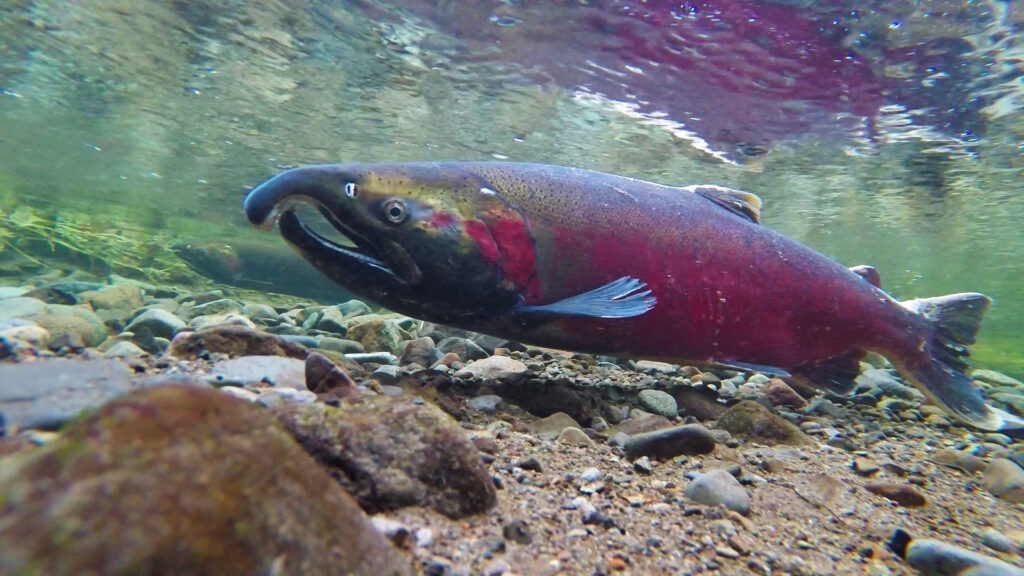
The magic of autumn fishing comes with ethical responsibilities, particularly regarding spawning fish. Anglers should learn to identify spawning redds – the cleared gravel nests created by trout – and avoid wading through these sensitive areas to prevent disturbing eggs. Many conservation-minded anglers choose to focus on pre-spawn fish rather than actively spawning ones, targeting feeding areas rather than spawning grounds. Some regions implement special regulations during fall spawning seasons, including area closures or catch-and-release requirements to protect breeding populations. Responsible anglers can still enjoy spectacular autumn fishing while respecting these natural processes by staying informed about local regulations and practicing ethical fishing approaches. This conservation mindset ensures that the magic of autumn fly fishing remains sustainable for future generations.
The Meditative Quality of Fall Fishing
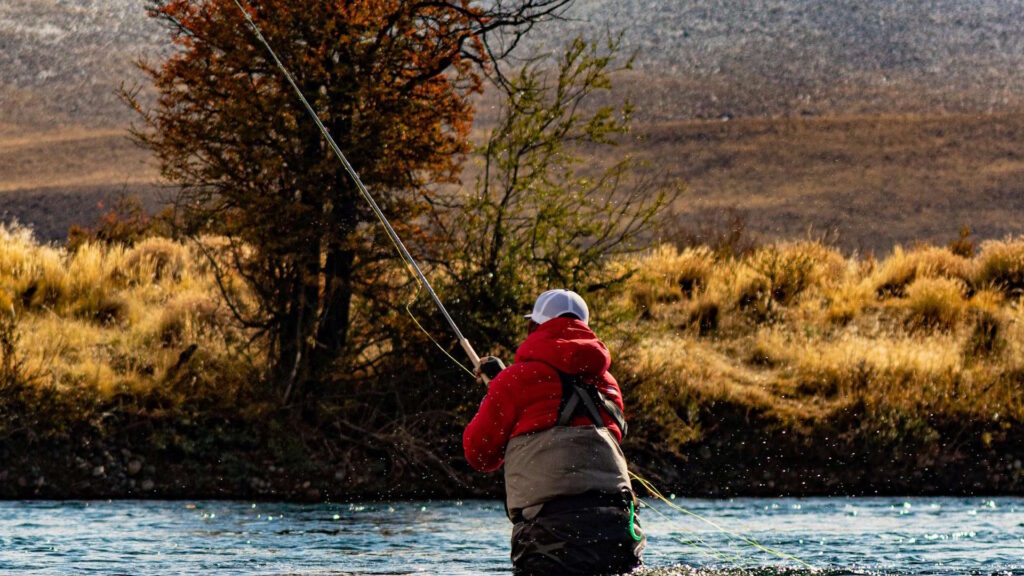
Beyond the practical advantages, autumn fly fishing offers a uniquely contemplative experience as nature transitions toward winter. The sensory experience is enhanced by the crisp air, the sound of leaves crunching underfoot, and the visual spectacle of foliage reflected on water surfaces. Many anglers report that fall fishing provides a deeper connection to seasonal rhythms and natural cycles than angling during other times of year. The reduced crowds on many waters create opportunities for solitude that complement the reflective mood of the season. This combination of sensory richness and solitude makes autumn fishing particularly valuable for those seeking not just fish but also the meditative benefits that have always been central to fly fishing’s appeal. For many dedicated anglers, these peaceful moments standing in autumn waters represent the purest expression of why they fell in love with the sport.
Preparing for Autumn’s Challenges
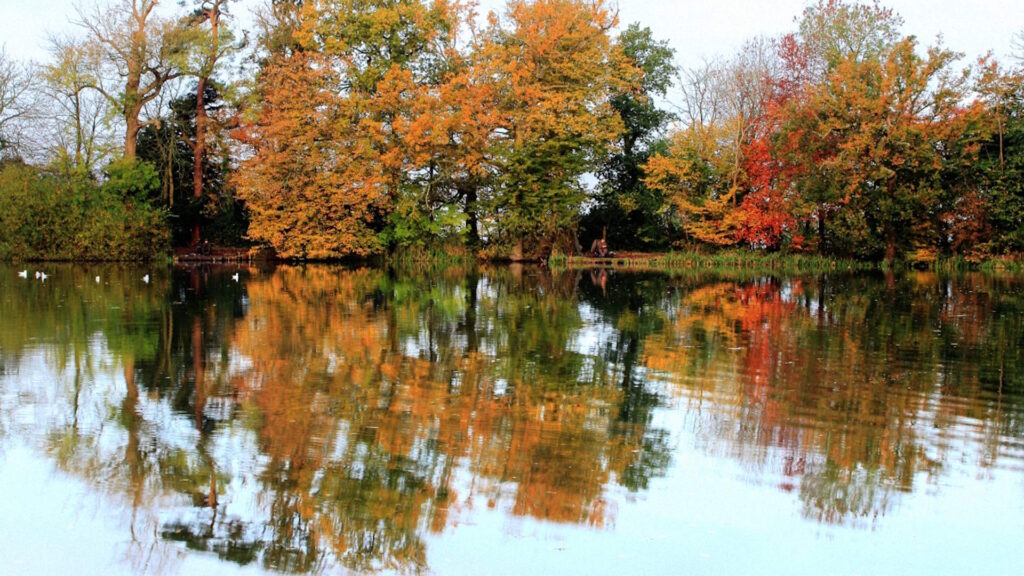
The magic of fall fishing comes with unique practical considerations that require preparation. Rapidly changing weather conditions demand versatile layering systems, with many experienced anglers relying on light insulating layers under breathable waders. Shorter daylight hours mean timing fishing trips more carefully, often focusing on productive midday periods rather than dawn and dusk sessions typical of summer. Cold water immersion becomes a more serious safety concern as temperatures drop, making wading staffs and proper footwear essential for navigating slippery river bottoms. Fingerless gloves and hand warmers help maintain dexterity for tying knots and handling line during chilly mornings. These practical considerations shouldn’t deter the autumn angler but rather ensure that the focus remains on the fishing experience rather than physical discomfort.
Conclusion
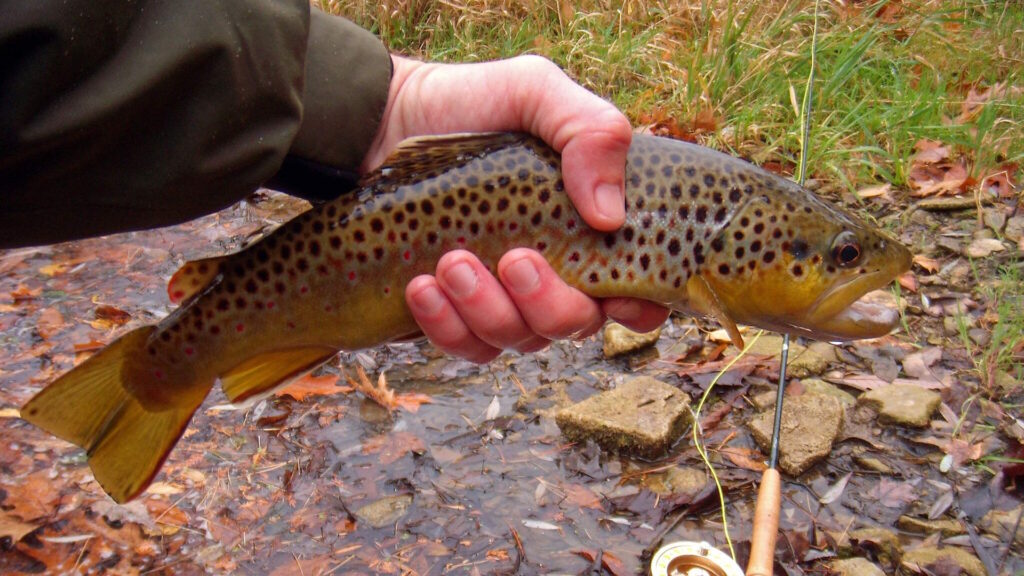
The magical combination of spectacular natural beauty, increased fish activity, and peaceful solitude makes autumn fly fishing an experience that captures the imagination of anglers worldwide. Whether pursuing brown trout in the Northeast, steelhead in the Great Lakes, or cutthroats in the Rocky Mountains, fall offers opportunities that simply don’t exist during other seasons. The technical challenges, the visual splendor, and the biological rhythms of autumn create a perfect alignment for memorable fishing experiences. As leaves begin to turn and temperatures start to drop, anglers who understand these seasonal patterns find themselves not putting away their gear but rather preparing for what many consider the finest fishing of the year. In autumn’s crisp embrace, the timeless art of fly fishing finds perhaps its most perfect expression

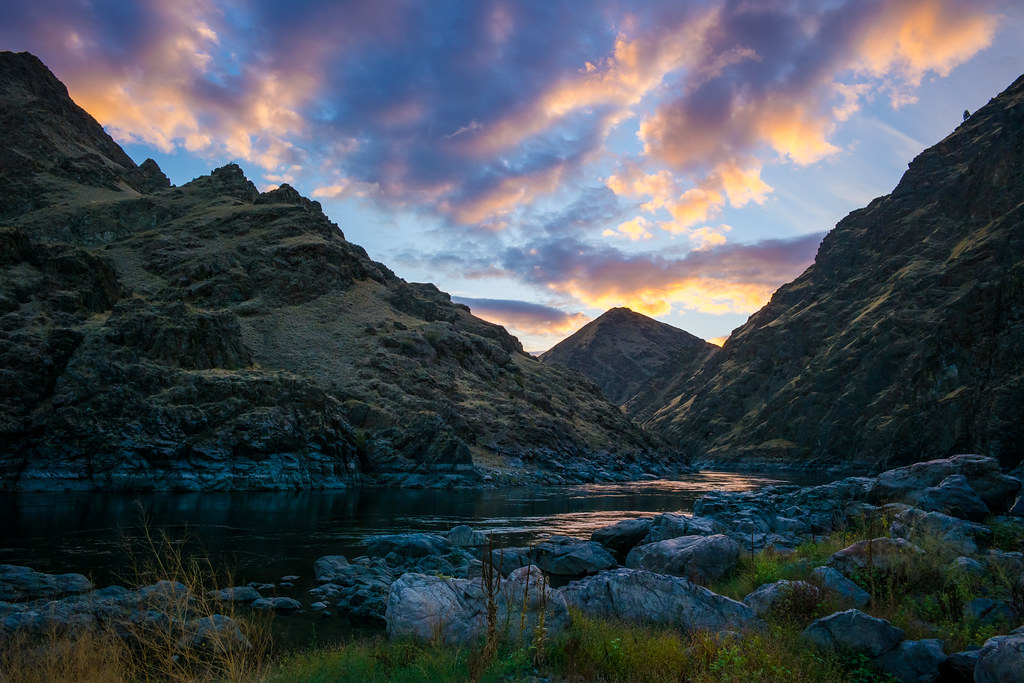

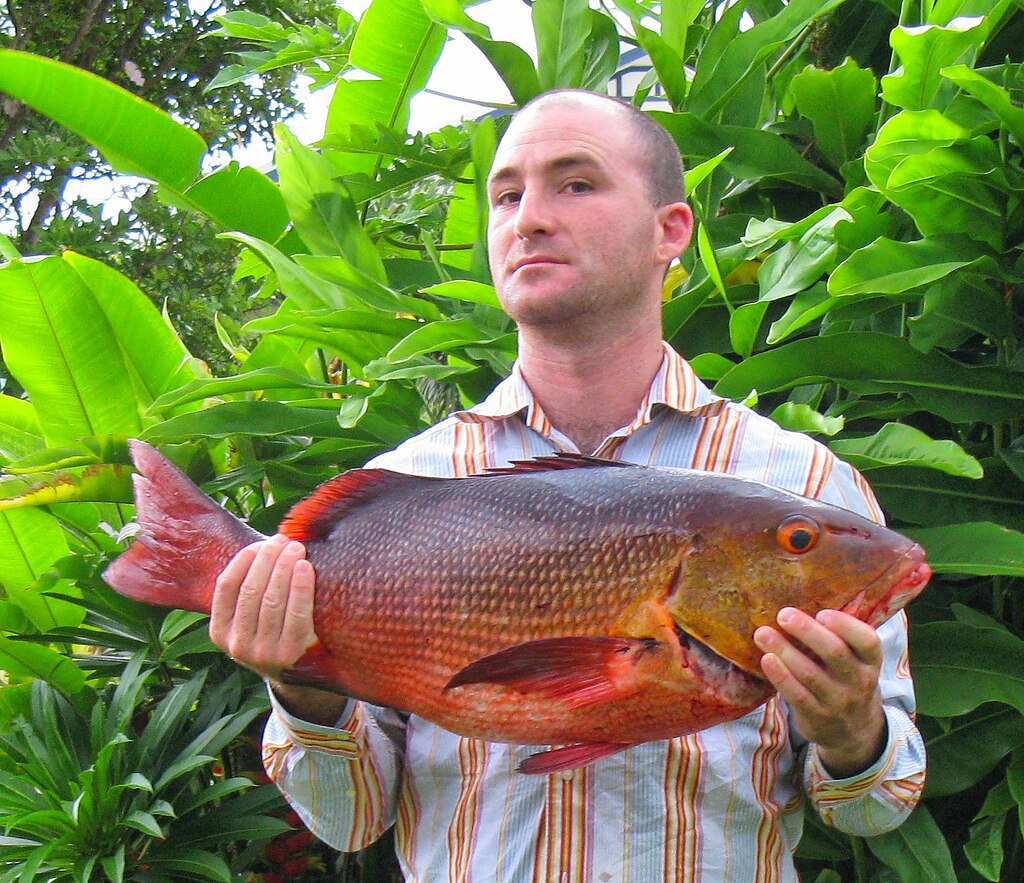










Post Comment